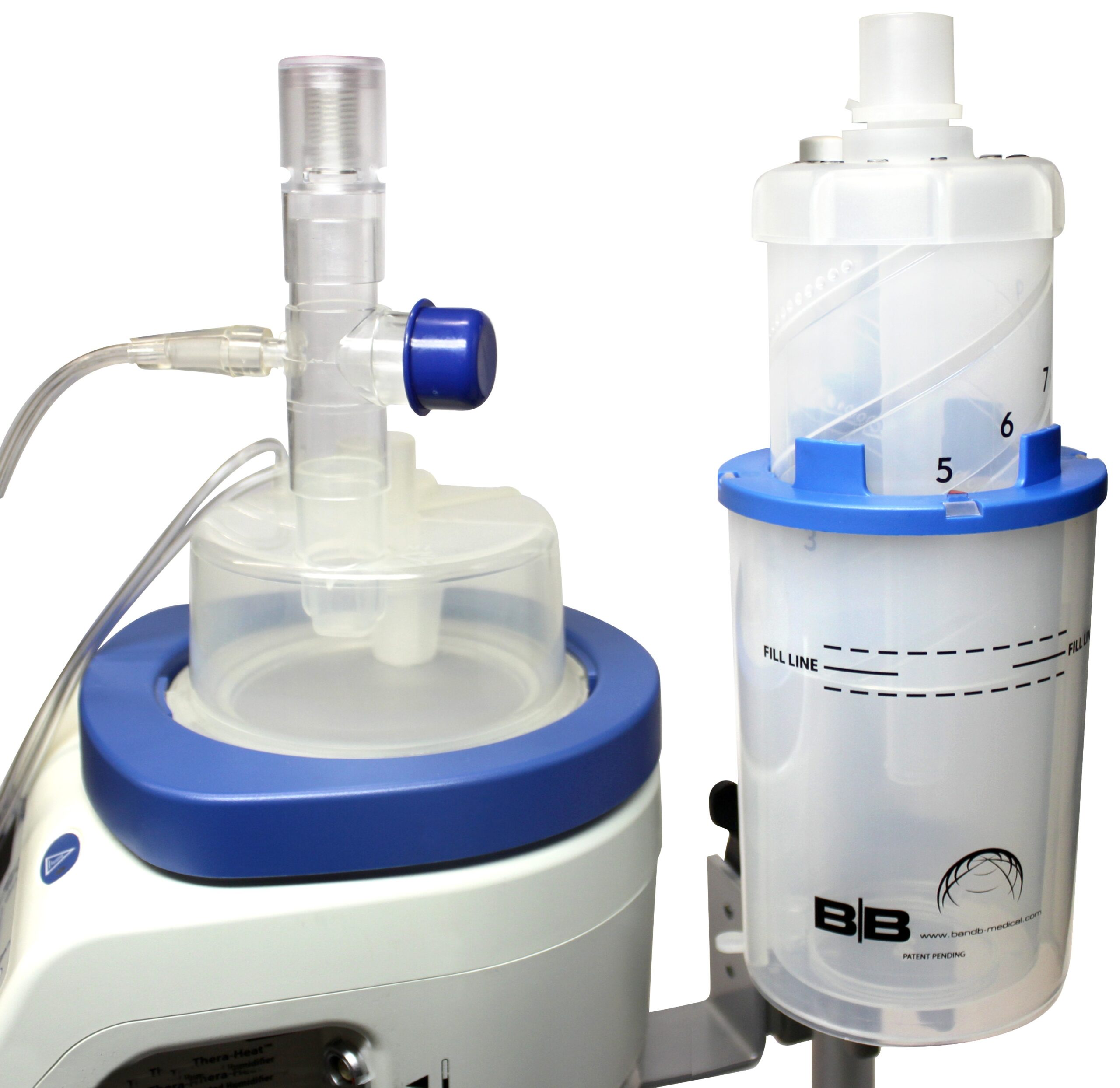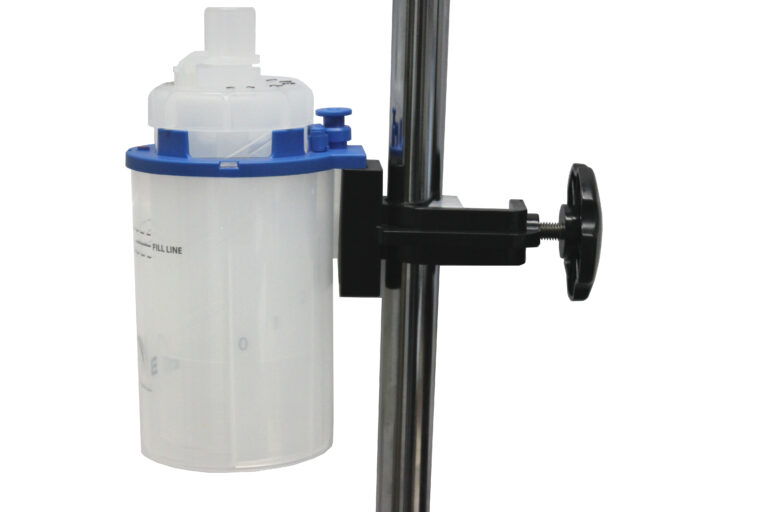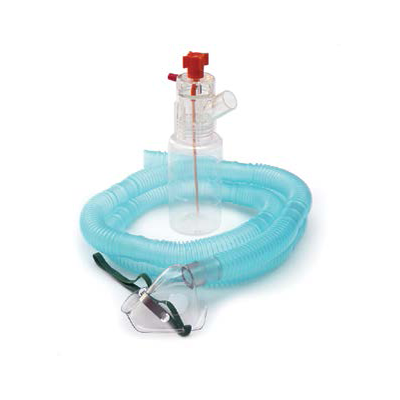For patients with respiratory issues, particularly those with sleep apnea or respiratory distress, Continuous Positive Airway Pressure (CPAP) machines are a popular treatment. However, there are various types of CPAP machines available, with Bubble CPAP and traditional CPAP being two of the most commonly used. While both offer significant benefits, they cater to different needs, making it essential to understand their differences.
In this blog we’ll compare Bubble CPAP with traditional CPAP devices, helping you make an informed decision about which device best meets your respiratory care needs.
What Is Bubble CPAP?
Bubble CPAP is a specialized type of CPAP that uses a continuous flow of air and water to deliver pressure to the airways. Unlike traditional CPAP machines, which use a fixed air pressure, it works by bubbling air through water, which provides a humidified air supply. This approach is especially beneficial for newborns and infants who need respiratory support.
- Humidified Pressure: The bubbling process helps add moisture to the air, reducing the irritation caused by dry air.
- Non-invasive: Bubble CPAP doesn’t require a mask that covers the nose, making it a less intrusive option for patients, especially in neonatal care.
Key Differences Between Bubble CPAP and Traditional CPAP Machines
1. Mechanism of Action
Bubble CPAP and traditional CPAP differ significantly in how they create pressure and deliver it to the patient’s airways.
- Bubble CPAP: The machine uses a water column to generate pressure by forcing air through a submerged tube. The bubbling effect provides additional moisture and warmth, making it more comfortable for patients, especially infants.
- Traditional CPAP: Traditional machines rely on a fixed, steady air pressure that is delivered through a mask to keep the airways open. This form of CPAP is highly effective for treating sleep apnea in adults.
2. Comfort and Humidity
Bubble CPAP is often preferred for its ability to provide humidified air. This helps prevent irritation and dryness in the airways, particularly in sensitive patients such as infants.
- Bubble CPAP: Ideal for those requiring continuous pressure with added moisture for comfort.
- Traditional CPAP: While some traditional CPAP devices offer heated humidifiers, they typically don’t provide the same level of moisture and humidity as Bubble CPAP.
3. Use Cases
Both types of CPAP are used in different medical contexts.
- Bubble CPAP: Primarily used in neonatal care or for infants with respiratory distress syndrome (RDS), it provides gentle pressure and helps stabilize the breathing of newborns.
- Traditional CPAP: Mainly used for adults with obstructive sleep apnea, traditional CPAP machines are designed to prevent airway collapse during sleep by delivering continuous air pressure.
Benefits and Drawbacks of Bubble CPAP
Benefits of Bubble CPAP:
- Less Intrusive: Unlike traditional CPAP machines, Bubble CPAP doesn’t require a mask that covers the face, which can be uncomfortable for some patients.
- Gentler on the Airways: The humidified air reduces irritation, making it ideal for infants and children who may be more sensitive to dryness.
- Effective for Respiratory Support: It provides continuous positive airway pressure, which helps keep the airways open in cases of neonatal respiratory distress.
Drawbacks of Bubble CPAP:
- Limited Adult Use: Bubble CPAP is primarily used for neonatal care, and its application for adult patients is not as common as traditional CPAP.
- Bulky Equipment: The setup for Bubble CPAP can be more complex, requiring tanks for water and more space than a traditional CPAP machine.
Traditional CPAP: A Reliable Solution for Sleep Apnea
Traditional CPAP machines are designed primarily for adults with obstructive sleep apnea (OSA). These devices are widely used in home settings, providing steady airflow through a mask to help individuals breathe more easily during sleep.
Benefits of Traditional CPAP:
- Proven Effectiveness: Traditional CPAP machines are widely regarded as one of the most effective treatments for sleep apnea, reducing apneas and improving sleep quality.
- Variety of Masks: There is a wide selection of masks (full-face, nasal, nasal pillow) that can be chosen for the patient’s comfort and fit.
- Convenient for Home Use: Traditional CPAP devices are compact and easy to set up for at-home use, with many models featuring added features like heated humidifiers.
Drawbacks of Traditional CPAP:
- Discomfort from Masks: Some patients experience discomfort from wearing masks, especially if the seal isn’t perfect, which can lead to air leaks or skin irritation.
- Invasive for Some Patients: The mask covering the nose or mouth can be intrusive, leading to difficulty in falling asleep for some people.
Which CPAP Is Best for You?
Choosing the right CPAP depends largely on your medical needs and the specific condition being treated. For infants or those in need of gentle, humidified respiratory support, Bubble CPAP is the preferred choice. It is specifically designed to be less intrusive and is ideal for delicate patients.
On the other hand, if you are dealing with sleep apnea as an adult, a traditional CPAP machine is the most effective solution. It provides a continuous, stable air pressure that helps prevent airway collapse during sleep, ensuring a restful night.
Frequently Asked Questions
Bubble CPAP uses humidified air to provide gentle pressure, ideal for infants, while traditional CPAP delivers continuous air pressure for adults with sleep apnea.
Bubble CPAP is primarily used for neonatal care, but traditional CPAP is more suitable for adults with sleep apnea.
Choose Bubble CPAP for infant respiratory distress and traditional CPAP for adults with obstructive sleep apnea to ensure optimal care.
Find the Right CPAP for Your Respiratory Care Needs with Bubble CPAP
Choosing between Bubble CPAP and traditional CPAP ultimately comes down to your respiratory care needs. Bubble CPAP is excellent for providing gentle, humidified pressure to infants and newborns, while traditional CPAP is more suitable for adults suffering from sleep apnea. Understanding the key differences between these devices ensures you can select the one that best suits your health needs.
If you’re seeking high-quality Bubble CPAP or traditional CPAP solutions, B&B Technologies offers a variety of respiratory care products to meet different needs. Browse our selection today and choose the best solution for your respiratory care.
Take Control Of Your Respiratory Health Today And Choose The Right CPAP Device For Your Needs.


